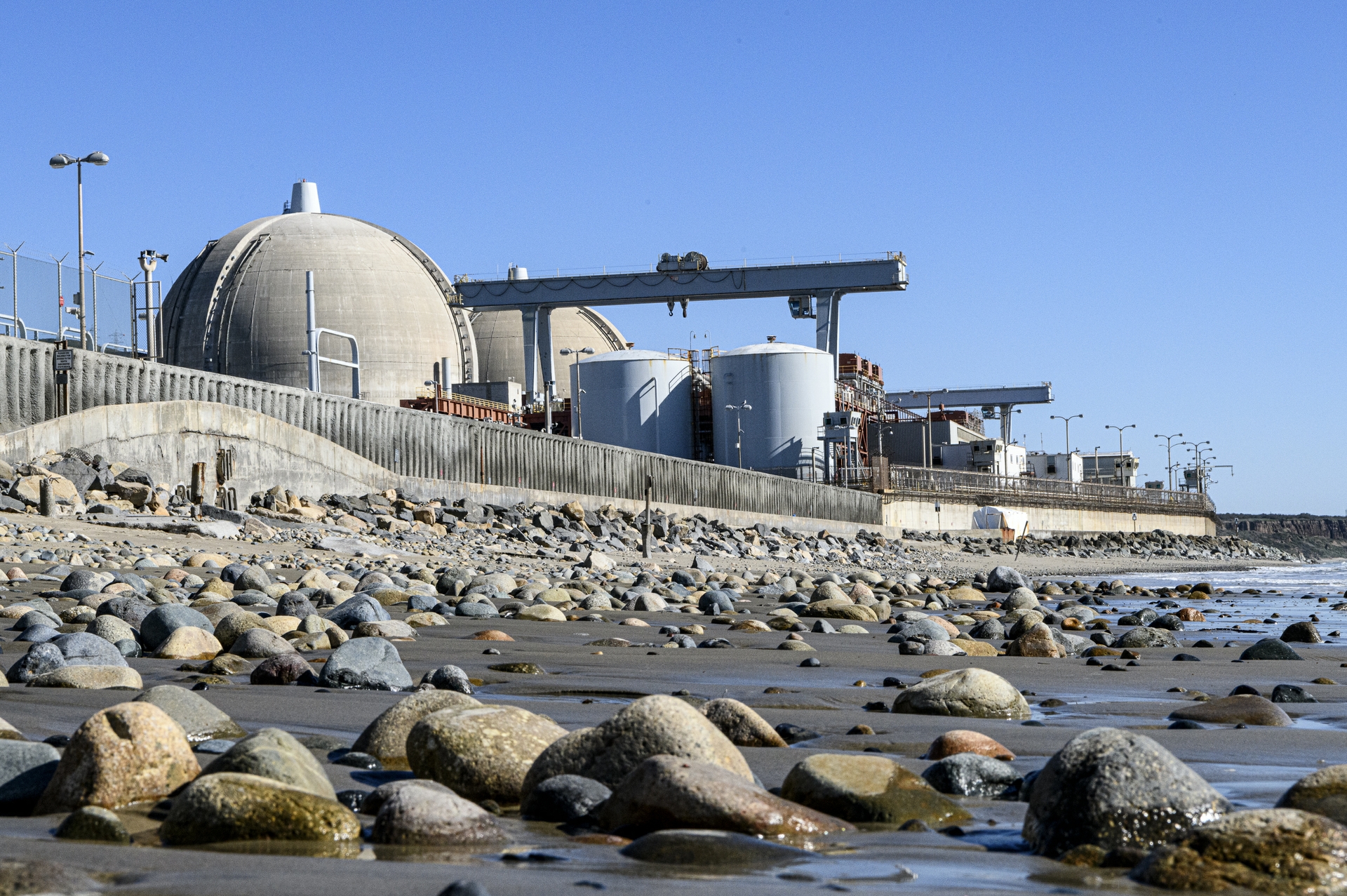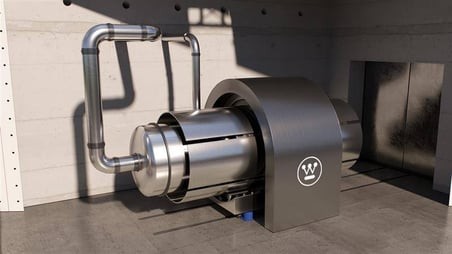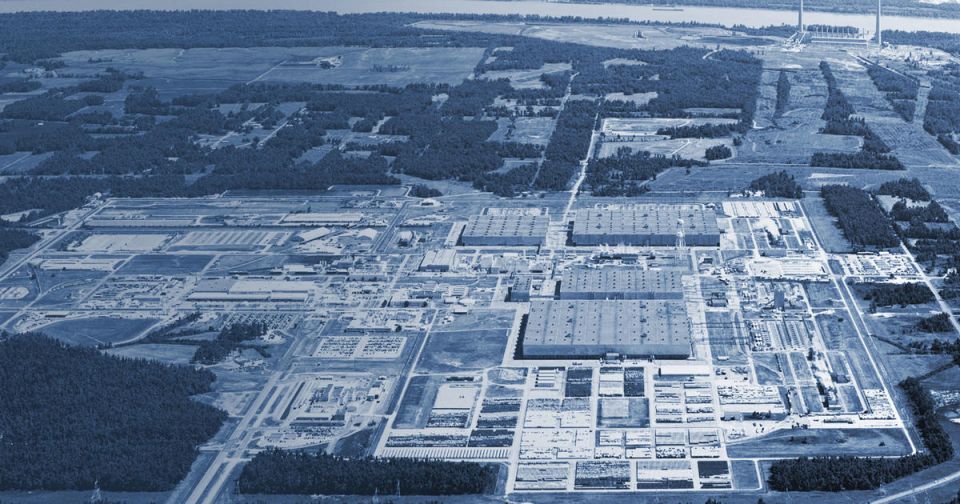The NRC assigned the violations as Severity Level IV, the lowest severity level for violations of minor significance. Because of the nature of the violations, plant owner Southern California Edison (SCE) was not cited for the incident.
According to the NRC’s August 9 inspection report, other than the two violations, SCE and its decommissioning contractor, SONGS Decommissioning Solutions (SDS), were “found to be conducting activities in accordance with site procedures, license requirements, and applicable NRC regulations.” The NRC’s routine on-site inspection was conducted June 24–27, and the inspection report was made public on August 16.
What happened: According to the NRC inspection report, the rail transport carrying the pressurizers, which were being shipped to Clive as Class A waste, made a temporary stop at a rail yard in San Bernadino, Calif. On July 1, SCE was notified that the Unit 2 pressurizer was observed to be leaking liquid while at the rail yard. The leak was later determined to be reactor coolant system liquid containing low levels of radioactive cobalt-60 and cesium-137.
The Orange County Register reported on August 15 that radiological surveys found no detectable radioactivity above background levels on or around the transport package. The package was reported to have leaked about one drop every two minutes. After being detected, the leak was stopped and sealed, and the deck of the railcar was cleaned.
The pressurizers were returned to San Onofre, where it was discovered that the Unit 2 pressurizer contained about 190 gallons of reactor coolant system liquid.
The violations: According to the NRC, San Onofre failed to meet Department of Transportation requirements by shipping a package that was not properly closed and sealed to prevent the release of radioactive content.
In addition, the pressurizers were mistakenly shipped as “surface contaminated object” packages. Because the Unit 2 pressurizer contained internal liquid, it did not meet the definition of “surface contaminated object.” SCE and SDS also failed to properly drain the pressurizer to ensure no liquid remained in the component.
“Since the licensee placed the deficiency into its corrective action program and the safety significance of the issue was determined to be low, and because the violation was not willful or repetitive; these violations were treated as non-cited violations,” the NRC report states.







